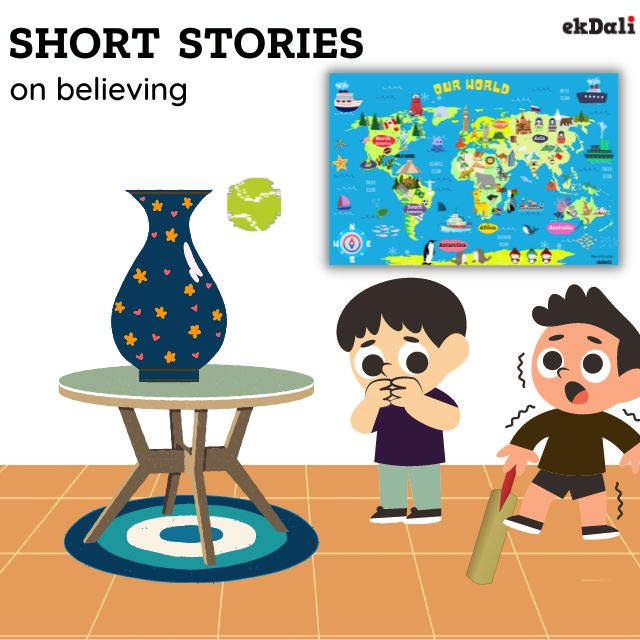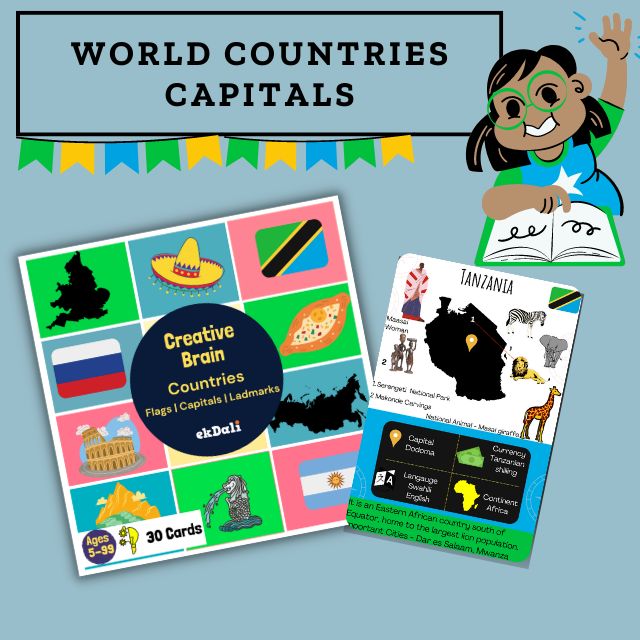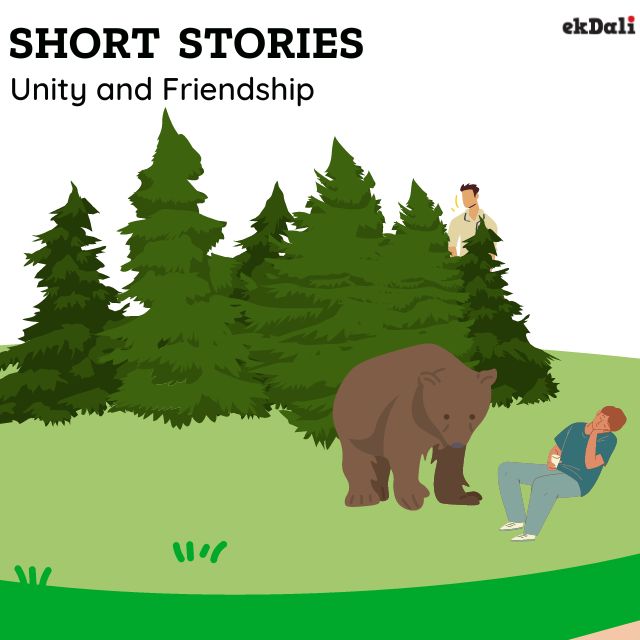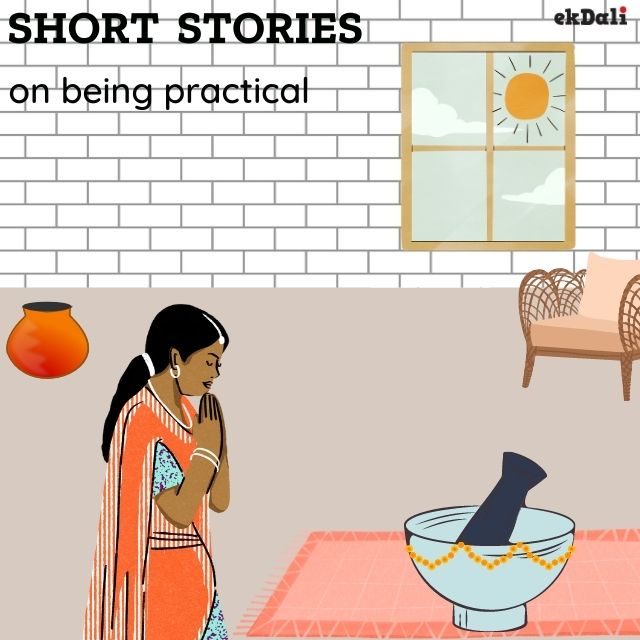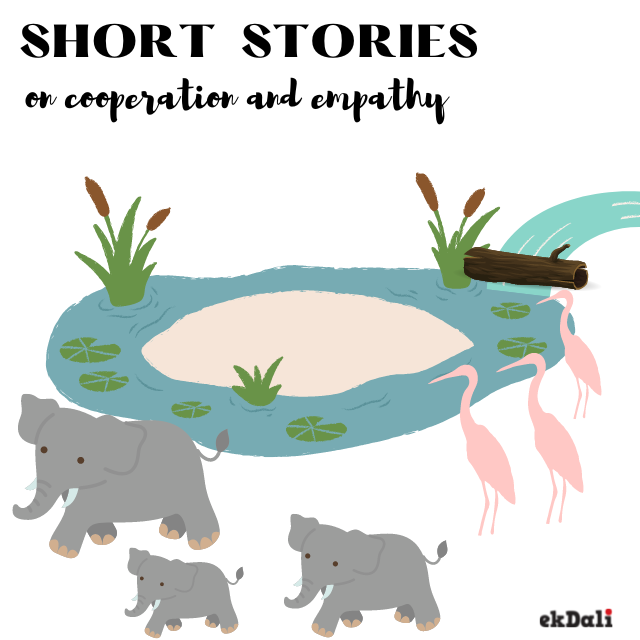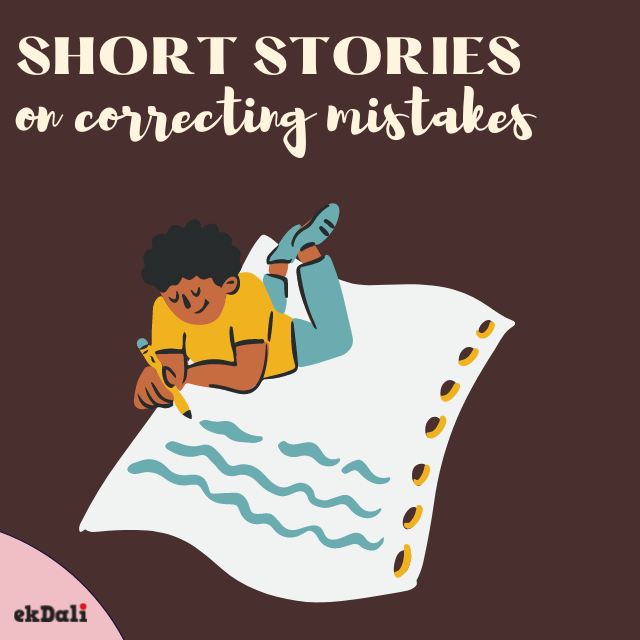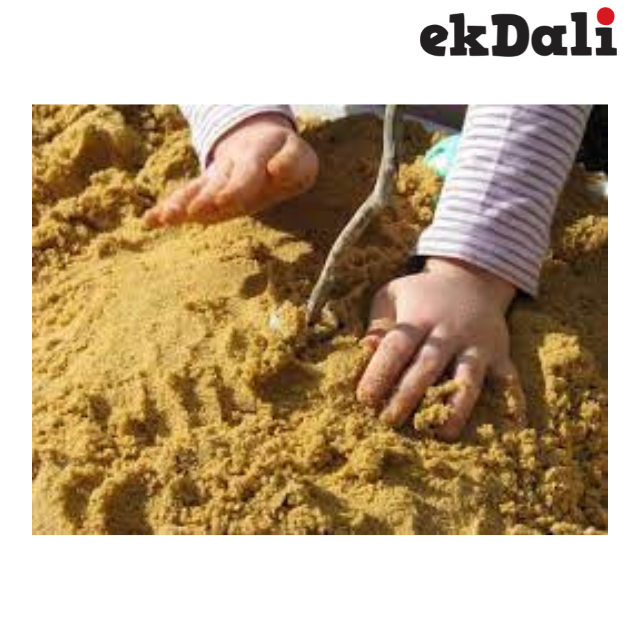Sand can be used in a variety of ways, providing countless chances for play and learning whether it is mined, dripped, sifted, or buried.
Letting your kid play by themself in the sand
with others aids in the development of their fine motor abilities, which are required to operate a little shovel, pull a truck, and construct a castle or moat. Children exercise their proprioceptive sense, or awareness of their body in relation to space, by burying themselves in the sand and experiencing their body location within the sand. Writing words in the sand is an opportunity to practise language. To take advantage of the linguistic play that might happen in the sand, parents can pose inquiries.
Children can learn social skills including cooperation, sharing, and communication through play. Sand play allows kids to work together to achieve goals they establish for themselves, like building a castle, while sharing a finite amount of space and objects. Depending on the child's age, one advantage of a confined area like a sandbox is that parents may supervise youngsters from a close distance while fostering independent play. Parent and child separation that is natural and unforced can foster trust and confidence.
Short periods of independent play can reduce separation anxiety and encourage a healthy parent-child relationship as long as kids continue to feel safe and are not left behind.
Playing in the sand is particularly helpful for fostering a feeling of textures. Sand is not only a novel and varied texture for kids to experience on their skin, but the contrast it makes with other surfaces like concrete, grass, dirt, and wood will highlight how each one feels.
It's important to take some measures before engaging in any outdoor activity, and we've provided some safety advice for sand play below. Although there are many reasons to be worried about the safety of sand play, unstructured outdoor play in places like sandboxes and beaches may have social and developmental benefits that exceed the hazards.
Tips for Safe Sand Play
- Visit a beach where littering is strictly prohibited and it is known to be clean.
- Check to see if play sand is obtained from rivers and beaches, and stay away from sand that is made of pulverised limestone and crystalline silica.
- Natural sand often does not emit dust or leave hands or clothing covered in dust, in contrast to the crushed mineral sand you want to stay away from.
- Plastic sandboxes are often the safest.
- If you have a sandbox, keep animals out by covering it when it's not in use.
- Avoid using moist sand since it serves as a haven for parasites and pinworms.
- Sand will stay fresh, clean, and dry if it is periodically raked.
- After playing in the sand, remind kids to wash their hands.
- Reflections of sand and water












